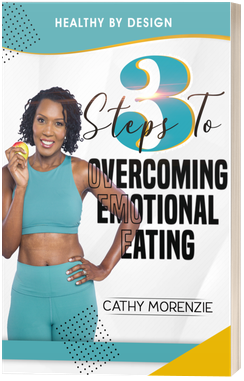“How much should I weigh?”
This is one of the most popular responses I get from clients when I ask them ‘what is your ideal weight?’ Whether you want to know ‘just how bad it is’ or you want to know what a healthy weight range should be for you, it is important that you know the numbers so you will be able to plan your goals effectively.
Here are 5 methods I use with clients. Some of them I use with all clients and some with only a few depending on their needs.
1. Body Fat Composition
The body consists of lean body mass and fat mass. Excessive fat is associated with many diseases including heart disease, diabetes, diseases of the digestive system, high blood pressure and strokes. There are a few simple ways tot do this; body fat callipers (aka the pinch test); or bio-electrical impedance using a body fat scale or hand-held device. These measure the conductivity of water between the muscles and fat by way of electrical current through the body.
2. Body Mass Index ( BMI)
The body mass index (BMI), is a measure of relative weight based on an individual’s mass and height. The BMI does not directly measure body fat, although it is a good tool to use in conjunction with other tests listed here. It is easy to take once you know your height and weight measurement. You can calculate your BMI here: BMI Calculator
Here are the scores:
Underweight: BMI below 18.5
Normal weight: 18.5 to 24.9
Overweight: 25.0 to 29.9
Obese: 30.0 and above.
3. Waist to Hip Ratio (WHR)
Studies indicate that where your fat is distributed in your body may be a better predictor of some diseases than the relation of weight to height. Cardiovascular risk factors are more commonly associated with obesity when fat is located around the abdomen. The WHR measure is the waist circumference divided by the hip circumference. It is used as an indicator of trunk fatness. A value under 1 for men and 0.8 for women is desirable. Values in excess of these may be associated with increasing risk. Use this calculator to determine your Waist to Hip Ratio
4. Scale Weighing
Using a traditional scale can be helpful to help you monitor your progress however, used by itself, it does not give a very clear picture of your overall health. A professional athlete can weigh the same as an inactive, unhealthy, obese person because the scale by itself does determine where fat is distributed on your body, your proportion of fat to muscle, how tall you are or your body frame. Use it as a tool in conjunction with the other tools.
5. Ask God
Yes, you heard me correctly. Have you ever considered asking God what you should weigh?After all, He created you so its only fitting that He should have some input into the matter. Many of us would not think of going to God with this issue but be open to give it a try. One of my prayers are, “I weight what God wants me to weigh (and I eat what God wants me to eat).” Allow Him into this intimate part of your life and trust that He will help you.
As you can see there are many different ways to determine you are at a healthy weight. Give them all a try and use them to help you get back to the health and the weight you desire.
Today is the first day of our 21 day Weight Loss, God’s Way Challenge and we’re sharing our BMI and WHR with the group for accountability. You need more accountability and support on your weight loss journey then join us at: September 21 Day Challenge
If you’ve already taken the challenge and want more 1-on-1 coaching with me in a small, intimate accountability group setting then please register for our Haven program.
Also, you won’t want to miss this week’s webinar with Christian Life Coach, Kathy Butry who will be speaking to us on the power of prayer as it relates to our health and weight loss journey. Register here: Success Webinars
Have a blessed week.

